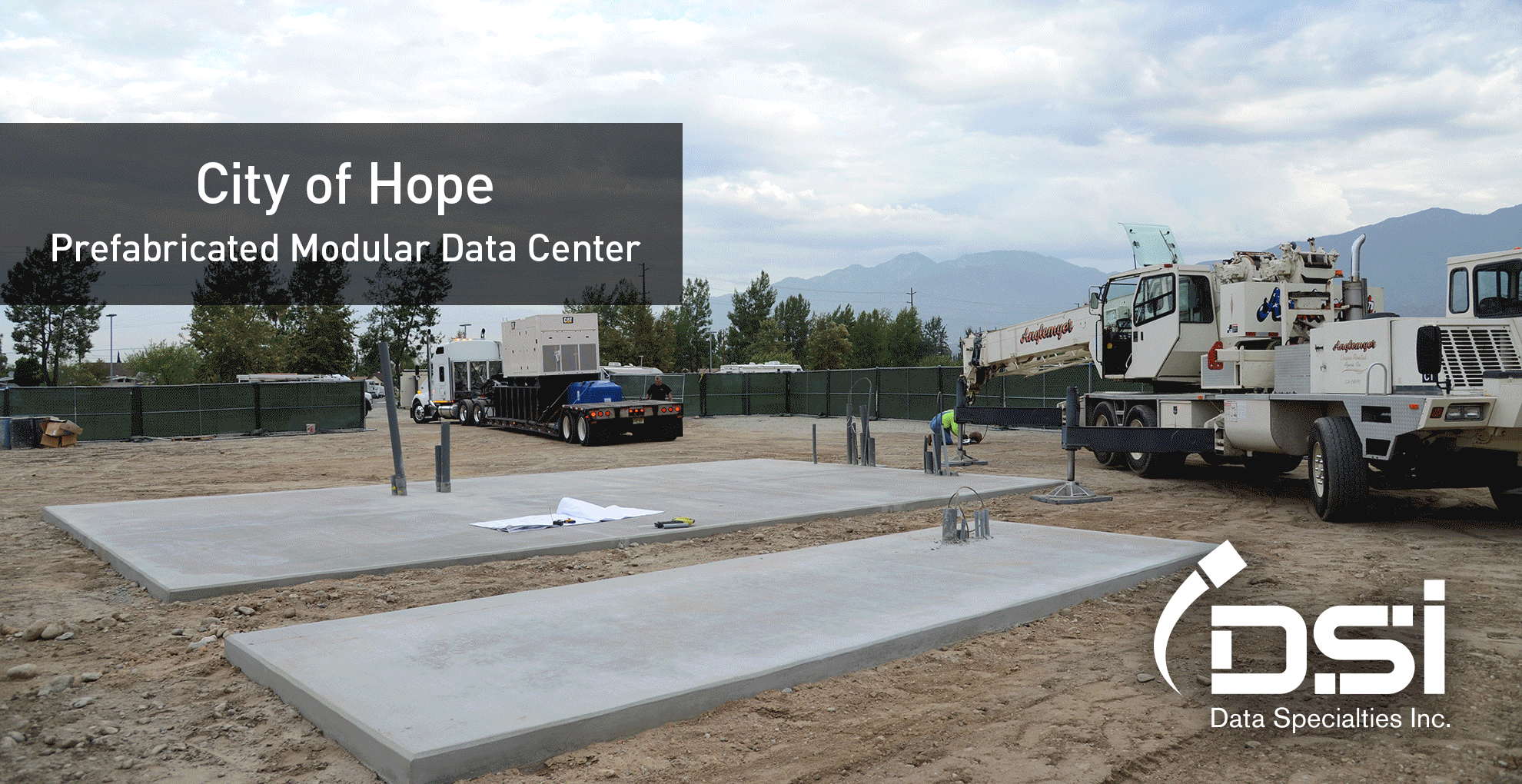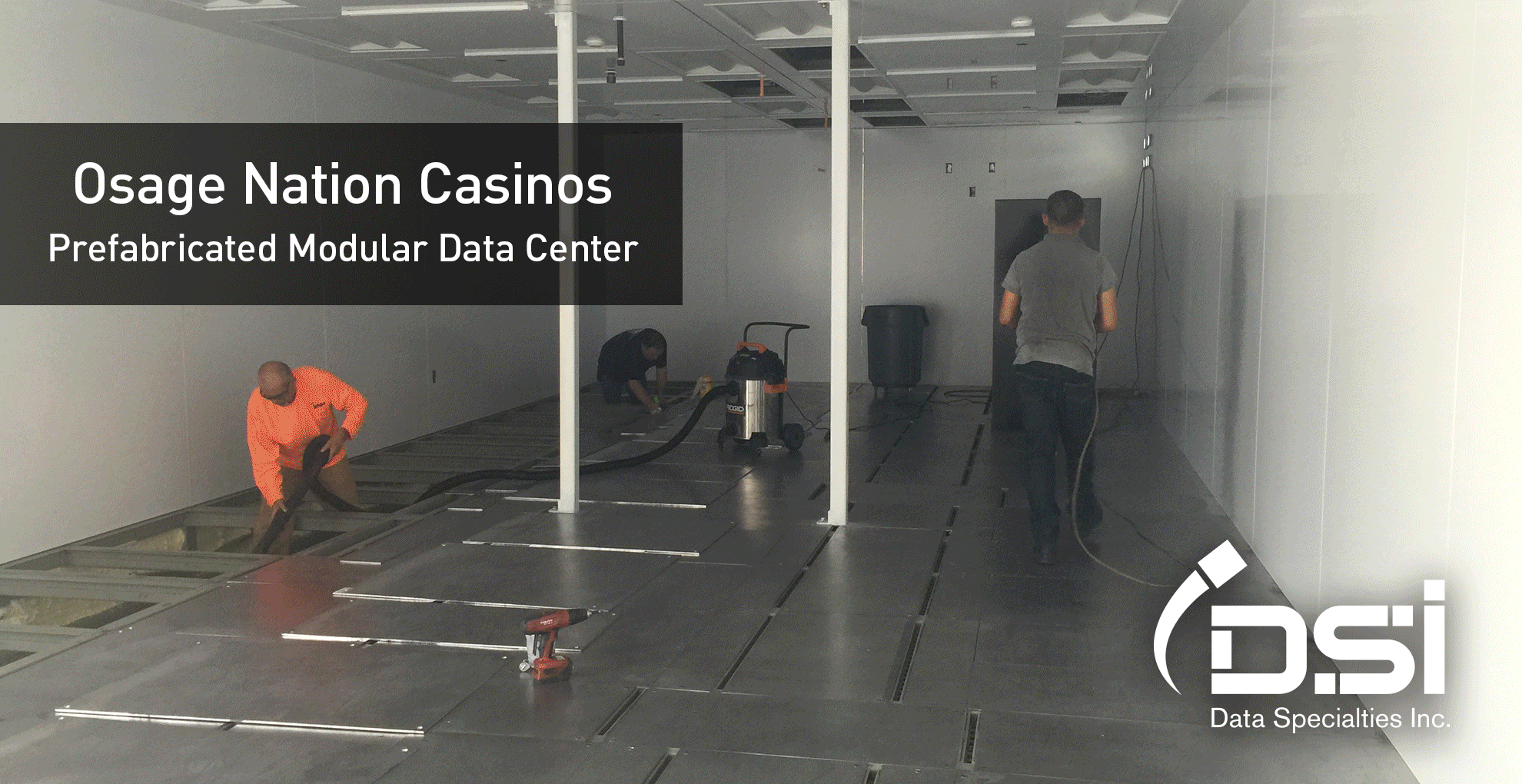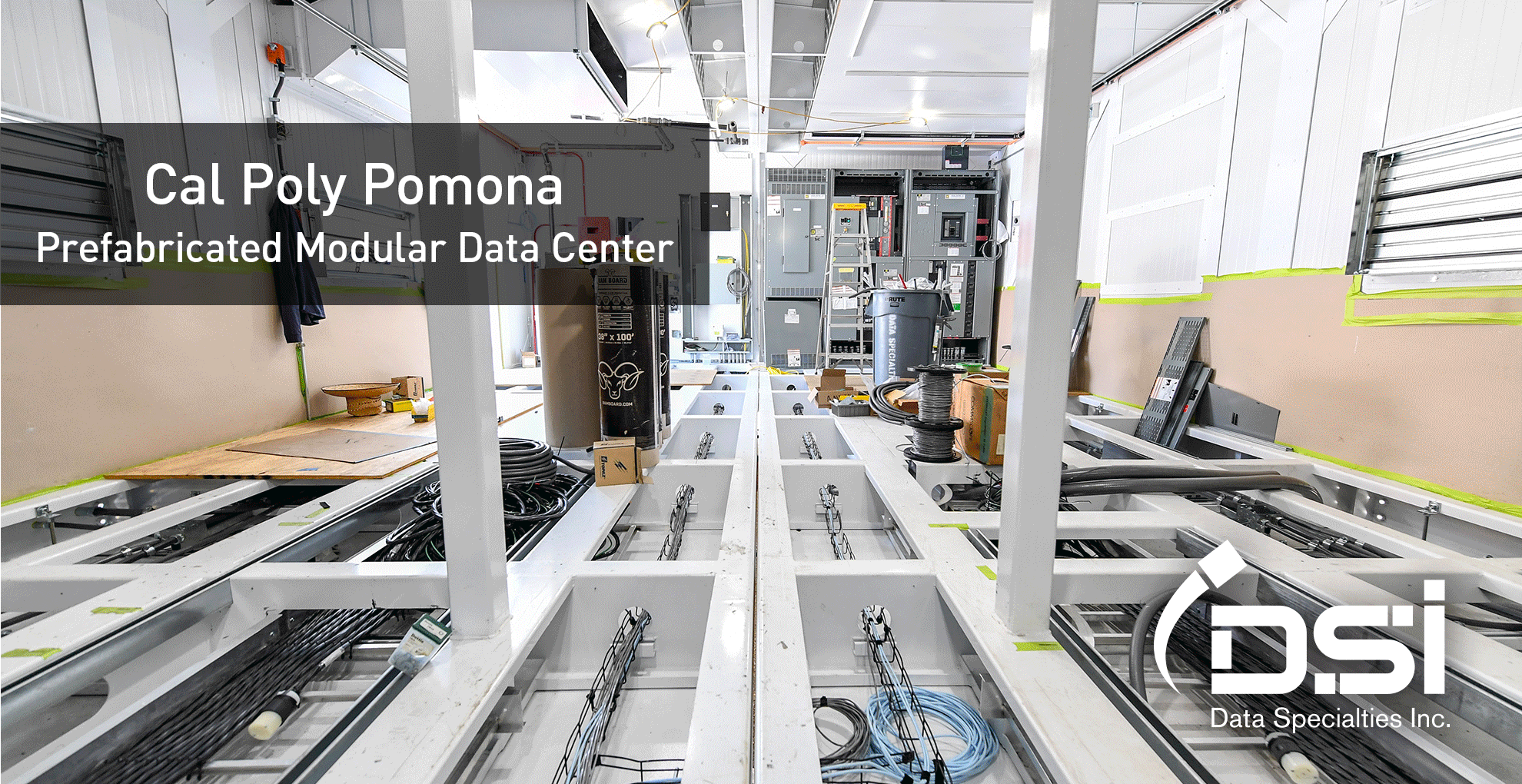The Future of Computing is Edge
Edge computing is a platform that builds applications and brings data storage closer to its source, preserving response times and bandwidth. Edge computing distributes power where it’s needed, like IoT devices. Many businesses do not want to connect multiple devices and stream the data to a centralized cloud or company data center because it’s expensive – edge computing serves as the solution.
It is the “intermediating infrastructure and critical services between core datacenters and intelligent endpoints,” as the research firm IDC states. According to Network World, “edge computing provides a vital layer of compute and storage physically close to IoT endpoints, so that control devices can respond with low latency – and edge analytics processing can reduce the amount of data that needs to be transferred to the core.”
This technology enables bandwidth savings and reduces latency. Today’s IP networks can’t handle the high-speed data transmissions that future devices will require. Slow delivery of time-sensitive data occurs when data must travel hundreds of miles over a network between end users or devices and cloud resources. Edge computing delivers efficient, high-speed delivery of applications and data.
Many technologies will benefit from Edge Data Centers. Edge computing uses a distributed Data Center architecture where IT cloud servers housed in Edge Data Centers are positioned on the outer edges of a network. This will reduce the latency and enable bandwidth savings. According to ConnectorSupplier.com, “an Edge Data Center is a self-functioning Data Center that holds localized IT deployments for cloud services, with compute, storage, and analytics resources for application processing and data caching.” Latency is a result of when there is too much physical distance between the centralized cloud servers and end user devices. Latency causes slow reaction time and delayed downloading.
President and co-founder of Data Specialties Inc., Phil Rafferty, believes computing on the Edge is the future. Whether it is a core Data Center or an Edge facility in a regional or remote location, enterprises need computing equipment. Gartner predicts that 75 percent of data generated by enterprises will be processed at the Edge within the next four years. The growing desire for real-time interactions is driving businesses to bring computing power closer to end-users. According to IDC, 30 percent of the global data sphere will be in real-time by 2025. Edge modules save energy and are self-contained, which means that they are protected from the weather and environment.
Visit Data Specialties Inc.’s blog Digital Infrastructure Trends in 2021 to see the pandemic’s effect on the Data Center industry and the future of edge computing. This blog includes Edge computing as one of the trends of 2021. Edge computing is not a monolith, it is a network of networks that grows based on demand and organizational requirements. To be truly effective, organizations need to tap into an Edge ecosystem of suppliers, who can support diverse and complex deployments and exploit software-defined networks. As demand increases, there will be more smaller Data Centers, as well. The Edge is not a destination; it is an evolution of putting computing power as close to the end user as possible.
Data Specialties Inc. can help with building out new Edge facilities. Contact us today to learn how you can get started on edge computing in your own facility. Contact DSI



